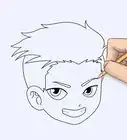X
wikiHow is a “wiki,” similar to Wikipedia, which means that many of our articles are co-written by multiple authors. To create this article, 67 people, some anonymous, worked to edit and improve it over time.
This article has been viewed 379,505 times.
Learn more...
Expressing your political views through a political comic can be a humorous and effective way to convey your message. Through the use of certain artistic techniques and elements, you can present your political issue in a light that is in line with the content of your political subject matter. Learning what you might want to include and how to assemble it can help you create a great political comic and clearly express your views.
Steps
Part 1
Part 1 of 3:
Planning The Comic
-
1Look at some examples. Before you begin to create your political cartoon you might want to take some time to look at some examples. By looking at some examples of published political cartoons you can get a good idea of the common elements, themes, and ideas behind this type of cartoon.
- Political cartoons aim to illustrate a certain issue and represent a viewpoint regarding it.
- Political cartoons generally make use of simple artwork to get their point across quickly and cleanly.
- Most political cartoons aim to illustrate perceived problems or defend political positions.
-
2Think about your message. The focus of your political cartoon will be the message. Political cartoons focus on a certain issue, either attacking or defending it using various artistic elements. Think about what you want to say and how you might want to say it.[1]
- Consider the issue you want to cover in your cartoon.
- Think of what you want to say about the issue.
- Imagine how you might represent the issue in your cartoon.
Advertisement -
3Consider what symbolism you want to include. A common technique that political cartoons make use of is symbolism. Symbols are images that represent larger ideas and can be a direct way to include big or complex ideas in the space of your cartoon. Make sure the people who will look at the drawing will know who is who in your cartoon.
- Elephants and donkeys are good examples of commonly used symbols to represent political parties in the United States of America.
- Eagles are used to represent the United States of America itself.
-
4Think about including exaggerations. Political cartoons often make use of exaggeration when including well-known public figures. Exaggeration is most commonly used when including a caricature of a political figure, highlighting unique physical features that they might possess.[2]
- Exaggerating a person's features can help make them more recognizable.
- You can use exaggeration to make someone appear in a certain light, depending on the message you want to send.
- Generally, caricatures are used to make fun of someone or their message.
-
5Label elements in your comic. Most other forms of cartoons and art don't make heavy use of labels. However, political cartoons include labels to increase the impact of their message, making the narrative of the cartoon clear. Try including labels on figures or things that might otherwise be unclear as to what they represent. [3]
- Using labels can be a good technique to make the message of the comic clear.
- Although labels are acceptable in political cartoons, try not to overuse them.
- Label only important aspects of your comic.
-
6Make use of analogies. One technique that political cartoons often make use of is analogy. An analogy is used to relate one concept to another, often in an attempt to make an issue or message more understandable. Consider using analogies in your comic to help your readers see the issue from another perspective.
- Think in terms of “like”.
- For example, international disputes about borders could be like children arguing on a playground about who owns the slide.
Advertisement
Part 2
Part 2 of 3:
Creating The Comic
-
1Create a rough draft of your comic. Once you have your message in mind and have settled on the elements you want to use to express it you can begin to create your comic. Creating a basic layout for your comic will allow you to get a feel for how it will look visually and how well it conveys your message.
- Think about how best to use your space.
- Ask yourself what elements are most important. Give them the most space and attention in your layout.
- You might find that some original ideas don't fit or are cluttering the comics' intended message. Consider removing these extraneous elements.
-
2Draw the outlines. After you have decided on the rough layout of your comic you can begin to sketch the outlines that will make up the completed comic. Don't worry about forming the lines perfectly as you will be able to improve them as you work. Take your time and enjoy creating the cartoon that you are designing.[4]
- Start outlining with a pencil, allowing you to make changes later on.
- Once you are happy with how the sketch looks begin to clean up your lines.
- Clean your lines by either making them bold or by erasing any rough areas and drawing them smoothly.
- It's okay to make some last minute changes and add some finishing touches.
- If you are happy with how your comic looks you can finalize your lines using black ink.
-
3Add any dialogue. Many political cartoons make use of dialogue which is featured in what is called a speech “bubble” or “balloon”. These “bubbles” hold the text in an empty white space, allowing the audience to clearly read it. Draw speech “bubbles” and place your text inside of them now to represent any dialogue you wanted to include.[5]
- Speech bubbles are generally smooth and oval shaped, with a triangular extension that points towards the person speaking.
- You may also want to use thought bubbles. Thought bubbles are like speech bubbles but appear as small clouds, holding your characters inner dialogue within them.
-
4Color your comic in. If your comic calls for color you can add it after your lines have been finished. Adding color can be a great way to make your comic stand out and may even allow for further symbolism or messages to be conveyed. Think carefully about which colors you might want to include and take your time when adding them.
- Colors can carry meaning. For example, the Democratic party of the United States uses blue.
- You can use any coloring tools you feel comfortable with including colored pencils, ink, or even crayons.
- You may also consider scanning your black and white image into a computer and digitally coloring it.
-
5Use an online service or software to create your comic. If you aren't confident in your artistic abilities you can still create your own political comic. There are many digital tools that can help you make your idea for a political comic a reality. These services are found both online and as software with some requiring a fee and others being free.
- There are many programs that allow you to create a comic using digital art, much like you would with a pen and paper.
- Some services come with art preloaded, allowing you to use this art in your own layout by simply dragging and dropping figures and elements where you want them.
Advertisement
Part 3
Part 3 of 3:
Sharing Your Comic
-
1Share your comic with friends and family. Once you have completed your comic you might consider sharing it with friends and family members. Sharing the comic with those close to you will help you get a good feeling of how your comic is received. Your comic may even start a discussion that can lead to ideas for future comics.
- Ask your friends and family for their honest opinions about the comic.
- Any discussions that result can be used for ideas when creating future comics.
- Ask your friends and family if they feel the "message" of your comic is clear.
- Discuss what they like about the comic or what changes they might have to suggest.
-
2Share your comic online. One of the simplest ways you can share your comic with many people at once is to use social media. Social media will allow your comic to be presented digitally to all of your friends, subscribers, or followers at once. Sharing your comic online will also allow for a wide range of feedback that you can use to improve your future comics.
- Some social media sites cater to artwork or comics.
- Social media allows you to share your comic with a wide audience.
- On-line communities can offer helpful feedback, allowing you to improve your comics.
-
3Get your comic published. Getting your comic published can be a great personal goal to have. Depending on which publication you are hoping to be published by the difficulty of doing so will vary. Work to create a selection of your comics that represent your best work, follow submission guidelines, and put for a persistent effort in order to meet your goal of getting publish.[6]
- Submit your comics to publishers or publishing syndicates.
- There are many independent publishers that also accept comic submissions.
- Check with local or smaller publications to increase your chances of getting published.
- Self-publishing a collection of your comics might be an option for you.
Advertisement
Community Q&A
-
QuestionWill I get into trouble for making a political cartoon?
 Community AnswerEveryone in the U.S. has freedom of speech. Expect some hate, but you may say what you want.
Community AnswerEveryone in the U.S. has freedom of speech. Expect some hate, but you may say what you want. -
QuestionWhat are some websites with which I can create a political cartoon?
 Community AnswerThere's animatron.com, where you can actually make one on the website.
Community AnswerThere's animatron.com, where you can actually make one on the website. -
QuestionHow do I copyright my cartoon?
 Community AnswerIn the United States, anything you create that is either artistic or some form of literature has an automatically assumed copyright. Your cartoon is copyrighted as soon as you finish it.
Community AnswerIn the United States, anything you create that is either artistic or some form of literature has an automatically assumed copyright. Your cartoon is copyrighted as soon as you finish it.
Advertisement
References
- ↑ http://learning.blogs.nytimes.com/2015/09/17/drawing-for-change-analyzing-and-making-political-cartoons/?_r=0
- ↑ http://www.learnnc.org/lp/editions/nchist-eg/6460
- ↑ http://www.learnnc.org/lp/editions/nchist-eg/6460
- ↑ http://gomedia.com/zine/tutorials/some-like-it-dirty-comic-book-inking-and-coloring-tutorial/
- ↑ http://www.hoodedutilitarian.com/2014/01/how-do-comics-artists-use-speech-balloons-s/
- ↑ http://www.comicsreporter.com/index.php/all_about_comics/all_about/76/
About This Article
Advertisement
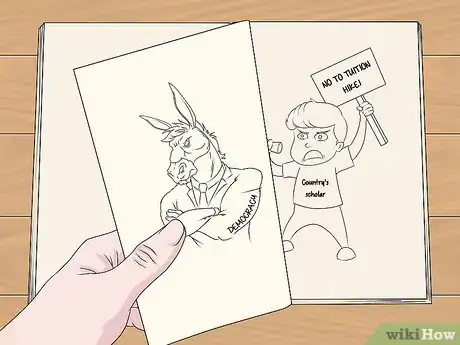
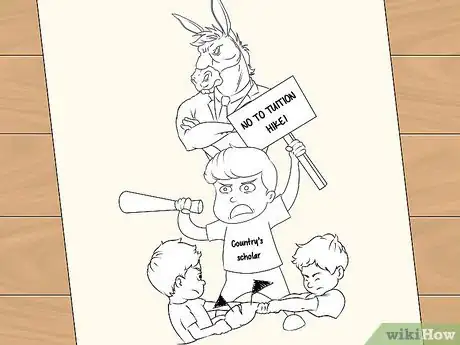
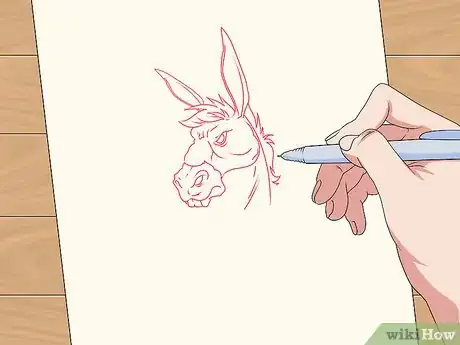

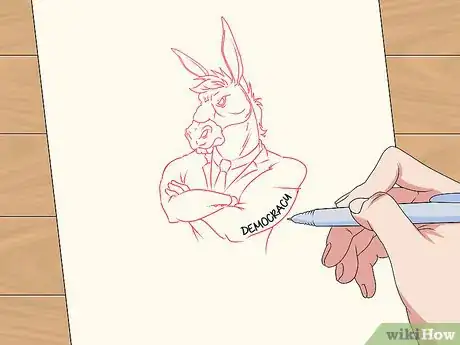

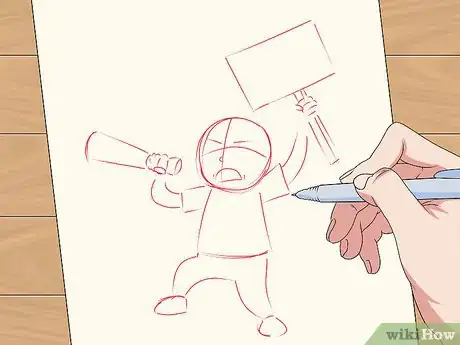
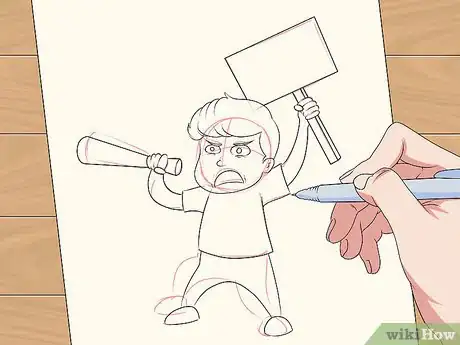

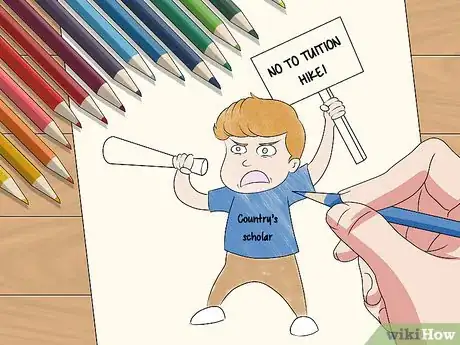

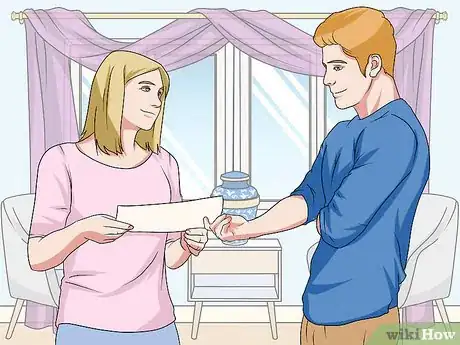
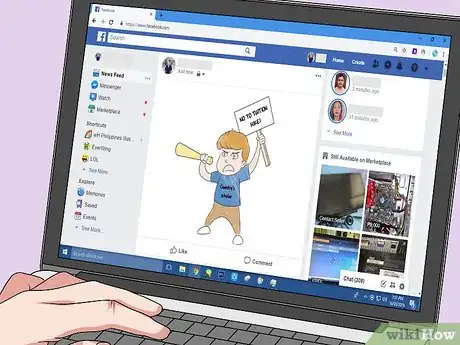
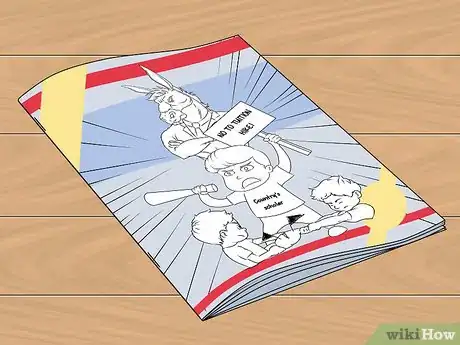
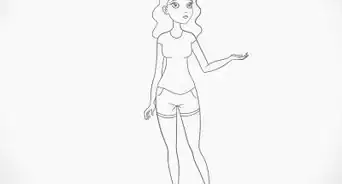
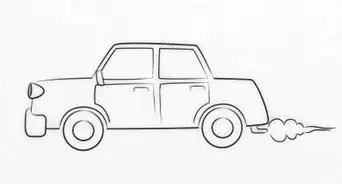
-Step-5.webp)

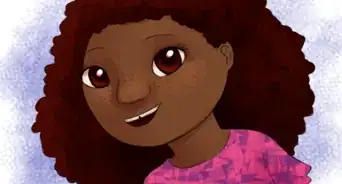
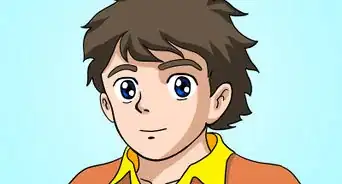
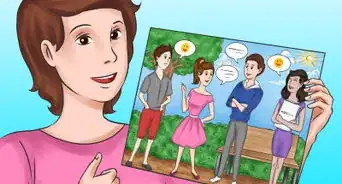
-Step-03.webp)
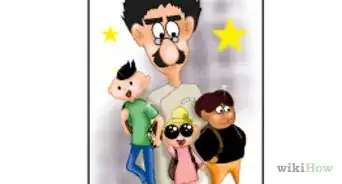
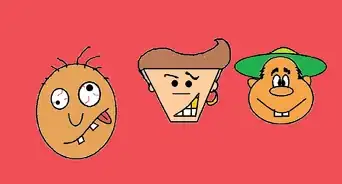






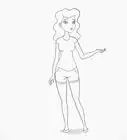
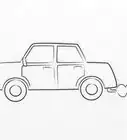
-Step-5.webp)
